Home>Storage Ideas>Living Room Storage>Living Room Curtain Ideas: 17 Tips For Stylish Drapery
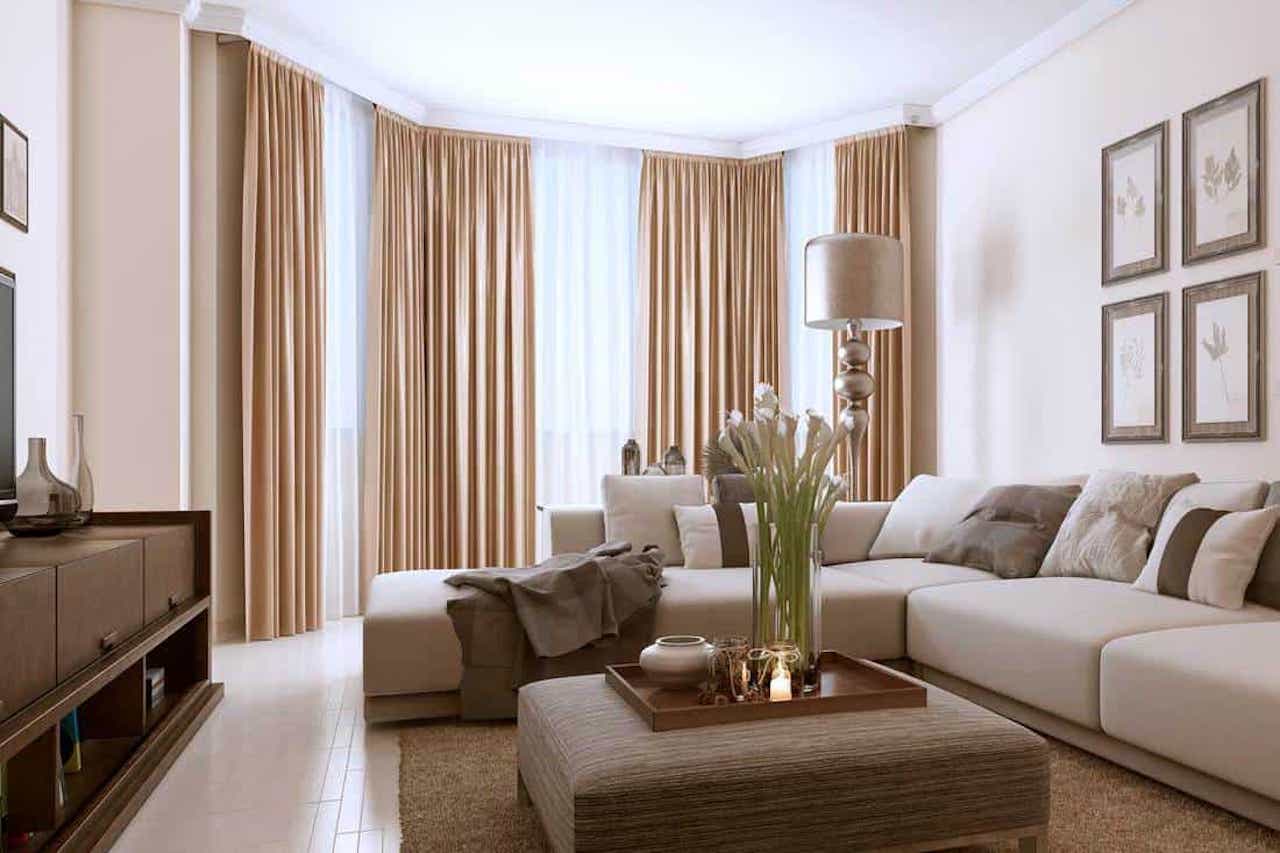

Living Room Storage
Living Room Curtain Ideas: 17 Tips For Stylish Drapery
Modified: October 23, 2024
Discover 17 stylish living room curtain ideas for elegant drapery. Get expert tips for maximizing living room storage and adding functionality to your space.
(Many of the links in this article redirect to a specific reviewed product. Your purchase of these products through affiliate links helps to generate commission for Storables.com, at no extra cost. Learn more)
Introduction
Welcome to our comprehensive guide on living room curtain ideas. Curtains are not just functional window coverings; they can also add style, texture, and personality to your living space. Whether you are looking for privacy, light control, or simply want to enhance the aesthetics of your room, choosing the right curtains can make a significant difference.
In this article, we will explore 17 tips for stylish drapery in your living room. From selecting the right fabric to determining the appropriate length, we will cover all aspects to help you make informed decisions. So, let’s dive in and discover how curtains can transform your living room!
Key Takeaways:
- Elevate your living room with carefully chosen curtains that complement your style, provide privacy, and control light, transforming your space into a stylish and inviting environment.
- Regular maintenance and cleaning of curtains are essential to preserve their beauty, extend their lifespan, and ensure a fresh and hygienic living environment, enhancing the overall aesthetics of your living room.
Read more: How To Build Living Room Curtains
Choosing the right fabric
When it comes to choosing the fabric for your living room curtains, it’s important to consider both style and functionality. The fabric you select will greatly influence the overall look and feel of your space, as well as how well your curtains perform. Here are a few factors to consider:
- Light control: If you want to block out light and have more privacy, opt for thicker fabrics such as velvet, suede, or brocade. These fabrics have a heavier weight and tighter weave, providing better light-blocking capabilities.
- Sheer and lightweight fabrics: Sheer fabrics such as chiffon, silk, or voile can add an ethereal and light feel to your living room. They allow natural light to filter through while still maintaining some level of privacy.
- Insulation: If you live in a chilly climate or want to conserve energy, consider using insulating fabrics, like thermal or blackout curtains. These fabrics have a special lining that helps regulate the temperature in your living room by blocking out cold drafts in the winter and heat in the summer.
- Durability: Consider the durability of the fabric, especially if your living room gets a lot of sunlight. Sunlight can cause fading and deterioration over time. Look for fade-resistant fabrics or consider adding a UV-blocking lining to protect them.
- Pattern and texture: The fabric you choose should complement your living room’s overall style and decor. Consider patterns, textures, and colors that will harmonize with your existing furniture and accessories. Bold patterns and rich textures can add visual interest to the space.
Remember to also consider the maintenance and cleaning requirements of the fabric. Some fabrics may require professional cleaning, while others can be easily cleaned at home. Taking all these factors into account will help you choose the perfect fabric for your living room curtains.
Determining the appropriate length
The length of your curtains plays a crucial role in the overall aesthetic appeal and functionality. Here are some guidelines to help you determine the appropriate curtain length for your living room:
- Floor-length curtains: If you want a classic and elegant look, opt for curtains that extend all the way to the floor. This style works well in formal living rooms or if you have high ceilings. Measure from the curtain rod to the floor and add an additional 2-3 inches for clearance.
- Breaking at the floor: For a more casual and relaxed look, you can choose curtains that break slightly at the floor. This means that the curtains will touch the floor but will create a gentle pooling effect. This style is ideal for living rooms with a cozy and comfortable vibe.
- Above the floor: If you prefer a more contemporary and minimalist look, you can opt for curtains that hang slightly above the floor. This style works well if you have small children or pets, as it helps to prevent tripping or damage to the curtains.
- Sill length curtains: If you have a radiator or furniture placed near the windows, it may be more practical to have curtains that hang just below the window sill. This length allows for easy access and prevents obstruction.
- Apron length curtains: For a unique and stylish look, you can choose curtains that fall to the midpoint between the window sill and the floor. This length is often used in contemporary or eclectic designs and can add a touch of drama to your living room.
When determining the appropriate length, keep in mind that curtains should be hung higher than the actual window frame to create an illusion of taller ceilings and make the room appear more spacious. Aim to mount the curtain rod a few inches above the window frame or even closer to the ceiling if possible.
Ultimately, the length of your curtains will depend on your personal preference, the style of your living room, and the functionality you desire. Consider these guidelines as a starting point and experiment to find the perfect length that complements your space.
Selecting the right color and pattern
The color and pattern of your living room curtains can have a significant impact on the overall ambiance and style of the space. Here are some tips to help you select the right color and pattern:
- Coordinate with the room’s color scheme: Consider the existing color palette in your living room. Choose curtains that complement or contrast with the colors of your walls, furniture, and accessories. Harmonious color combinations can create a cohesive and visually appealing look.
- Neutral colors: If you prefer a timeless and versatile option, go for neutral-colored curtains such as white, beige, or gray. These colors can easily blend with any decor style and allow other elements in the room to take the spotlight.
- Bold and vibrant colors: If you want to make a statement or add a pop of color to your living room, opt for curtains in bold and vibrant hues. This can inject energy and personality into the space. Consider deep blues, rich emerald greens, or fiery reds for a striking effect.
- Pattern selection: Patterns can add visual interest and texture to your living room curtains. Choose patterns that complement your room’s style and scale. Small patterns work well in smaller rooms, while larger patterns can make a bold statement in larger spaces.
- Texture and material: The texture of your curtains can also contribute to the overall look and feel of the room. Consider fabrics with interesting textures such as jacquard, embroidery, or faux fur to add depth and richness to your living room.
- Consider the natural light: Take into account how much natural light enters your living room. Light-colored curtains can help maximize natural light, while darker shades can assist in light control and privacy.
Remember to strike a balance between the color and pattern of your curtains with the rest of the room. If you have bold furniture or accessories, consider more subtle curtains to create a harmonious look. On the other hand, if your room is more neutral, curtains with bold colors or patterns can serve as focal points and add visual interest.
By carefully selecting the right color and pattern, you can elevate the style and atmosphere of your living room with curtains that perfectly complement your space.
Considering the room’s overall style
When selecting curtains for your living room, it’s essential to consider the overall style and theme of the space. The curtains should seamlessly blend in with the existing decor, enhancing the overall aesthetic appeal. Here are some tips to help you choose curtains that align with your living room’s style:
- Classic and traditional: If your living room has a classic and traditional design, opt for curtains that exude elegance and timelessness. Look for rich fabrics like silk or velvet in solid colors or subtle patterns. Consider curtain styles like pinch pleats or goblet pleats to add a touch of sophistication.
- Modern and contemporary: For a modern and contemporary living room, opt for sleek and minimalist curtain designs. Choose fabrics in solid colors or simple, geometric patterns. Consider curtain styles like grommet top or rod pocket for a clean and streamlined look.
- Rustic and farmhouse: If you have a rustic or farmhouse-style living room, embrace natural textures and earthy tones. Look for curtains made from linen or burlap in neutral colors. Consider curtain styles like tab top or tie top for a relaxed and organic feel.
- Eclectic and bohemian: If your living room has an eclectic or bohemian vibe, don’t be afraid to mix and match colors, patterns, and textures. Embrace vibrant hues, bold patterns, and eclectic curtain styles like tassel trim or pom-pom embellishments.
- Minimalist and contemporary: If you prefer a minimalist and contemporary look, opt for curtains in solid colors or subtle patterns. Stick to clean lines and simple designs. Consider curtain styles like panel curtains or ripple folds for a sleek and understated appeal.
- Transitional: If your living room has a transitional style, which blends traditional and modern elements, look for curtains that strike a balance between the two. Choose fabrics in neutral colors with subtle patterns or textures. Consider curtain styles like box pleats or tailored pleats for a polished and timeless look.
Keeping the overall style of your living room in mind when selecting curtains will help create a cohesive and harmonious look. The curtains should enhance the existing design elements and contribute to the overall ambiance of the space.
Understanding different curtain styles
Choosing the right curtain style for your living room is crucial for achieving the desired aesthetic and functionality. Each curtain style offers unique characteristics that can enhance the overall look and feel of your space. Here are some popular curtain styles to consider:
- Rod Pocket Curtains: This classic and timeless curtain style features a sewn-in pocket along the top where a curtain rod is inserted. Rod pocket curtains create soft and gathered folds, offering a more casual and relaxed look.
- Grommet Top Curtains: Grommet top curtains have metal rings along the top edge, which slide directly onto a curtain rod. This style offers a contemporary and modern look, with the curtains hanging in clean and sleek folds.
- Tab Top Curtains: Tab top curtains have fabric loops or tabs sewn onto the top, through which the curtain rod is threaded. This style creates a relaxed and informal look and works well in bohemian or farmhouse-inspired living rooms.
- Pleated Curtains: Pleated curtains feature tailored folds that add an elegant and polished touch to your living room. Common pleat styles include pinch pleats, goblet pleats, and box pleats. Pleated curtains are versatile and can be used in various design styles.
- Panel Curtains: Panel curtains are versatile and can be a great choice for modern and minimalist living rooms. They are made from a single panel of fabric that hangs from a track or rod, creating a sleek and seamless look.
- Café Curtains: Café curtains cover only the lower portion of the window, allowing privacy without obstructing the view. They are often used in kitchens or living rooms that require partial privacy while still allowing ample natural light.
- Sheer Curtains: Sheer curtains are made from lightweight fabrics that allow ample natural light to filter through while still providing some privacy. They create a soft and ethereal look, perfect for living rooms that seek a light and airy ambiance.
- Valances and Swags: Valances and swags are decorative curtain styles that are typically used in combination with other curtains. They add a touch of elegance and can be used to conceal the curtain hardware or simply as decorative accents.
Each curtain style has its own charm and impact on the overall look of your living room. Consider your design preferences, the level of privacy and light control you desire, and the overall style of your space when choosing the curtain style that best suits your needs.
Incorporating blackout or privacy curtains
Privacy and light control are essential factors to consider when choosing curtains for your living room. If you value privacy or need to block out light, incorporating blackout or privacy curtains can be a great option. Here are some tips to help you make the most of these types of curtains:
- Blackout curtains: Blackout curtains are made from special fabric that blocks out the majority of light. They are ideal for bedrooms or living rooms where you want to minimize external light, such as during daytime naps or when watching movies. When choosing blackout curtains, look for ones with a dense fabric that effectively blocks light and consider ones that extend beyond the window frame to prevent light leakage at the edges.
- Privacy curtains: Privacy curtains are designed to provide a level of privacy while still allowing some natural light to filter through. They are typically made of sheer or semi-sheer fabrics. These curtains are perfect for living rooms where you want to maintain privacy without completely blocking out the light. Consider pairing privacy curtains with thicker curtains or blinds for added flexibility in privacy and light control.
- Layering curtains: To maximize both privacy and light control, consider layering curtains. You can use sheer or privacy curtains as a base layer and then add thicker curtains or blackout curtains as a second layer. This allows you to have the option of natural light during the day and enhanced privacy and light blocking in the evening.
- Using curtain liners: If you have existing curtains that you love but they don’t provide enough privacy or light control, you can add curtain liners. Curtain liners are separate fabric panels that attach to the back of your curtains to enhance their light-blocking or privacy properties. This allows you to maintain the aesthetic appeal of your existing curtains while improving functionality.
- Installing curtain tracks or rods correctly: To ensure maximum light control, be mindful of how you install your curtain tracks or rods. Make sure they extend beyond the window frame on all sides to minimize light leakage. You can also consider using ceiling-mounted tracks or double rods to accommodate both sheer and blackout curtains.
By incorporating blackout or privacy curtains into your living room, you can enjoy enhanced privacy and control over natural light. Whether you choose blackout curtains for complete darkness or opt for privacy curtains to filter light while maintaining privacy, these curtain options offer versatility and functionality for your living room.
Using sheer curtains for a light and airy feel
If you want to create a light and airy ambiance in your living room, incorporating sheer curtains can be a wonderful choice. Sheer curtains are made from lightweight fabrics that allow natural light to filter through while still providing a level of privacy. Here are some tips for using sheer curtains effectively:
- Create a soft and ethereal look: Sheer curtains have a delicate and translucent appearance, which can instantly create a soft and ethereal atmosphere in your living room. The sheer fabric allows natural light to fill the space, giving it a warm and inviting feel.
- Enhance natural light: Sheer curtains are perfect for living rooms that lack ample natural light. By allowing sunlight to filter through, they can make a small or dark room feel brighter and more airy. The soft glow of natural light shining through the sheer fabric creates a beautiful and uplifting ambiance.
- Add depth and dimension: Layering sheer curtains with other window treatments, such as thicker curtains or blinds, can add depth and dimension to your living room. This combination allows for versatile light control—you can have sheer curtains drawn during the day for gentle light and privacy, and then close the second layer for more privacy in the evening.
- Choose the right color and pattern: The color and pattern of your sheer curtains can significantly impact the overall look of your living room. Lighter colors like white, cream, or pastels can create an airy and fresh feel, while bold or patterned sheers can add a touch of personality and visual interest. Consider the existing color scheme and style of your room when selecting sheer curtain options.
- Pair with drapery hardware: To enhance the visual appeal of sheer curtains, consider using decorative drapery hardware like rods, finials, or tiebacks. These accents can add a touch of elegance and sophistication to your living room. Alternatively, you can opt for a simple and minimalist rod to maintain a clean and streamlined look.
- Consider length and fullness: Sheer curtains look best when they gently touch or float above the floor. Consider gathering or pooling the fabric slightly on the floor for a romantic and dreamy effect. Additionally, consider the fullness of the sheer curtains—opt for enough fabric to create soft gathers and flowing drapes.
- Maintain cleanliness: Sheer curtains are susceptible to dust and dirt due to their light and airy nature. Regular maintenance, such as gentle vacuuming or hand washing, can keep your sheer curtains looking fresh and clean.
Using sheer curtains in your living room can transform the space into a light-filled oasis. Embrace the delicate beauty of sheer fabrics and enjoy the soft and dreamy ambiance that they create.
Layering curtains for added depth and texture
If you want to create a visually compelling look in your living room, consider layering curtains. Layering curtains involves combining different types of window treatments to add depth, texture, and dimension to your space. Here are some tips for effectively layering curtains:
- Choose a base layer: Start by selecting a sheer curtain or lightweight fabric as your base layer. Sheer curtains allow natural light to filter through while adding a soft and airy feel to the room.
- Add a second layer: Layer a thicker curtain or drapery over the sheer curtains to provide privacy and light control. You can choose curtains in a different fabric, color, or pattern to create contrast and visual interest.
- Consider using blinds or shades: Instead of sheer curtains, you can opt for blinds or shades as your base layer. These window treatments offer privacy and light control. Layering curtains over blinds or shades adds a decorative element and softens the overall look.
- Mix textures and patterns: Add visual intrigue by choosing curtains with different textures or patterns for each layer. For example, pair a textured fabric curtain with a sheer curtain for an interesting contrast. Mixing patterns can also create a unique and eclectic look.
- Play with lengths: Experiment with different lengths for your layered curtains. You can have the base layer extend to the floor, while the outer layer ends just below the window sill or vice versa. Playing with lengths adds visual dimension and creates a dynamic look.
- Use curtain tiebacks or holdbacks: Incorporate curtain tiebacks or holdbacks to showcase the layered curtains. These decorative accessories can hold back the outer layer of curtains, allowing the base layer to be fully visible and creating an elegant and sophisticated look.
- Experiment with curtain hardware: Choose curtain rods, finials, or rings that complement the overall aesthetic of your living room. Decorative hardware can enhance the appearance of the layered curtains and act as an additional design element.
- Consider proportions: Maintain a balance in the proportions of the layered curtains. Ensure that the outer layer is not too overwhelming compared to the base layer. The two layers should work cohesively to create a harmonious visual effect.
Layering curtains adds depth and texture to your living room, transforming it into a visually captivating space. Whether you prefer a subtle and cohesive look or an eclectic and bold approach, experimenting with different fabrics, textures, patterns, and lengths can create a truly unique and personalized decor statement.
Read also: 9 Amazing Curtains For Living Room For 2025
Introducing curtain tiebacks or holdbacks
Curtain tiebacks or holdbacks are decorative accessories that serve both a functional and aesthetic purpose. They help hold curtains to the side, creating an elegant and stylish look while allowing more natural light into your living room. Here are some tips for using curtain tiebacks or holdbacks effectively:
- Choose the right style: Curtain tiebacks and holdbacks come in various styles and materials, such as fabric, metal, or decorative hardware. Select a style that complements the overall design and decor of your living room.
- Determine the placement: Decide where you want to position the tiebacks or holdbacks on your curtains. Typically, they are placed at around two-thirds of the way down the length of the curtains. Experiment with different positions to find the one that creates the desired visual effect.
- Consider size and proportion: Ensure that the size of the tiebacks or holdbacks is proportionate to the curtains and the overall scale of the room. Larger, more ornate tiebacks can create a dramatic and luxurious look, while smaller, simpler ones can provide a subtle yet stylish touch.
- Match or contrast with curtains: Tiebacks or holdbacks can either match the fabric and color of the curtains for a cohesive and blended look or contrast with them to create a visual statement. Consider using complementary or contrasting colors and materials to add interest and personality.
- Utilize different materials: Curtain tiebacks or holdbacks can be made of various materials, including silk, satin, metal, wood, or even ropes. Choose a material that aligns with your living room’s style and offers the desired level of elegance or rustic charm.
- Experiment with different tieback styles: There are several types of tiebacks to consider, such as fabric loops, tassels, ropes, or decorative hooks. Each style can create a unique visual effect and contribute to the overall aesthetic of your living room.
- Use holdbacks for heavier curtains: If you have heavier curtains, such as velvet or brocade, opt for holdbacks instead of tiebacks. Holdbacks are typically sturdier and provide better support for heavier fabrics.
- Combine tiebacks with other window treatments: If you have layered curtains or blinds, use tiebacks to hold back the outer layer while leaving the base layer or the blinds fully visible. This allows you to enjoy versatility in light control and privacy.
Curtain tiebacks or holdbacks are an excellent way to add a touch of elegance and style to your living room curtains. They not only serve a functional purpose but also contribute to the overall aesthetics of the space. Experiment with different styles, materials, and placements to find the perfect tiebacks or holdbacks that enhance the beauty of your living room.
When choosing living room curtains, consider the length and fabric to create a stylish and functional look. Opt for floor-length curtains in a light fabric for an airy feel, or choose heavier fabrics for a more formal look.
Installing curtain rods and tracks correctly
The proper installation of curtain rods and tracks is essential for ensuring that your curtains hang securely and smoothly in your living room. Here are some tips for installing curtain rods and tracks correctly:
- Choose the right type of hardware: Select curtain rods or tracks that are suitable for your chosen curtain style and the weight of your curtains. Ensure that the hardware is durable and can support the weight of the curtains without sagging or bending.
- Measure the width: Measure the width of your window frame and add extra inches on both sides to allow the curtains to extend beyond the window when open, providing maximum light and an unobstructed view.
- Positioning: When installing curtain rods, position them above the window frame to create the illusion of higher ceilings and a more expansive look. Ideally, the rods should be mounted 4 to 6 inches above the window frame or closer to the ceiling for a dramatic effect.
- Pencil markings: Use a pencil to mark the position of the curtain rod brackets or tracks on the wall or ceiling. Make sure the markings are level and evenly spaced, ensuring that the curtains hang straight and evenly.
- Drilling holes: Use a drill to create pilot holes for the curtain rod brackets or track screws. Start with smaller-sized drill bits and gradually increase the size to prevent splintering or damaging the wall or ceiling surface. If necessary, use anchors to secure the hardware in place.
- Mounting the hardware: Attach the curtain rod brackets or track to the wall or ceiling using screws or the appropriate mounting hardware. Ensure that the hardware is securely fixed and level to prevent any sagging or instability once the curtains are hung.
- Fitting the curtains: Once the hardware is installed, fit the curtains onto the rod or track according to the manufacturer’s instructions. Make sure the curtains are evenly distributed across the rod or track, and adjust the positioning as necessary.
- Test the movement: Before completing the installation, test the movement of the curtains to ensure they glide smoothly along the rod or track. Make any necessary adjustments to the hardware or the curtain placement to achieve optimal functionality.
Properly installed curtain rods and tracks are vital for ensuring that your curtains hang beautifully and function smoothly. Take the time to accurately measure, align, and secure the hardware, and consider enlisting the help of a professional if needed. With the right installation, you can transform your living room with elegant and seamlessly hanging curtains.
Opting for roman shades or blinds instead
If you prefer a different window treatment option than curtains, roman shades or blinds can be a stylish and practical choice for your living room. Here are some reasons why you might consider opting for roman shades or blinds:
- Light control: Roman shades and blinds offer excellent light control. You can easily adjust the amount of sunlight entering your living room by raising or lowering the shades or tilting the slats of the blinds. This allows you to create the desired ambiance and protect your furniture from harmful UV rays.
- Privacy: Both roman shades and blinds provide varying levels of privacy, allowing you to enjoy your living room without compromising on confidentiality. You can choose shades or blinds with light-filtering or room-darkening features, depending on the level of privacy you require.
- Space-saving: If you have limited space, roman shades or blinds can be a practical option. They take up less space compared to curtains, as they are installed directly inside the window frame or attached to the window itself. This can help create a clean and uncluttered look in your living room.
- Versatility in style: Roman shades and blinds are available in a wide variety of materials, colors, and patterns, allowing you to find the perfect option that suits your living room’s style and decor. Whether you prefer a minimalist look with simple roller blinds or a more traditional aesthetic with fabric roman shades, you can easily find a style that complements your space.
- Clean and modern look: Roman shades and blinds offer a clean and modern aesthetic that works well in contemporary living rooms. Their sleek lines and minimalistic designs can enhance the overall visual appeal of your space.
- Easy maintenance: Compared to curtains, roman shades and blinds are generally easier to clean and maintain. Most options can be easily wiped down with a damp cloth or dusted with a brush or vacuum cleaner attachment. This makes them a practical choice for busy households.
- Energy efficiency: Roman shades and blinds can contribute to energy efficiency in your living room. When closed, they provide an additional layer of insulation, helping to regulate the temperature and reduce heat loss during colder months.
When considering roman shades or blinds for your living room, take into account factors such as the level of light control and privacy you desire, the style and decor of your space, and the ease of maintenance. By choosing the right option, you can enhance the functionality and visual appeal of your living room.
Adding decorative trim or embellishments
If you want to elevate the look of your living room curtains, adding decorative trim or embellishments can be a fantastic option. These small details can make a big impact and enhance the overall aesthetic appeal of your windows. Here are some ideas for incorporating decorative trim or embellishments:
- Contrasting borders: Consider adding a contrasting trim along the edges or hem of your curtains. This can be a bold color, a patterned fabric, or even a metallic trim. The contrast will create visual interest and draw attention to the curtains.
- Tassel tiebacks: Decorative tassel tiebacks can add a touch of elegance and sophistication to your curtains. Choose tassels that complement the color scheme or design of your living room, and tie them back to showcase the beautiful folds of the curtains.
- Ribbon accents: Attach ribbons vertically or horizontally across the curtains to add a playful and charming look. You can use ribbons in varying sizes, textures, and colors to create a customized and unique design.
- Lace or crochet trims: For a delicate and romantic touch, consider adding lace or crochet trims to your curtains. These intricate details can soften the overall look and add a touch of vintage charm to your living room.
- Embroidery or appliques: Personalize your curtains by adding embroidered designs or appliques. These can be floral patterns, geometric shapes, or even your initials. Embroidery or appliques can create a customized and artistic look that reflects your personal style.
- Beaded accents: Add a touch of glamour and sparkle by incorporating beaded accents into your curtains. These can be strung beads along the edges, hanging beads on the bottom hem, or even a beaded curtain tieback. Beads can catch the light and create a dazzling effect in your living room.
- Pom-pom trim: If you want to add a fun and whimsical element, consider using pom-pom trim on your curtains. This playful trim can inject a sense of joy and cheerfulness to your living room decor.
- Fringe or tassels: Another way to add texture and movement to your curtains is by attaching fringe or tassels. These decorative elements can hang from the bottom hem or along the sides, creating an eye-catching and stylish look.
When adding decorative trim or embellishments to your curtains, ensure that they complement the overall style and design of your living room. Take into account factors such as color, texture, and pattern to create a cohesive and visually appealing result. With the right decorative touches, your curtains will become a focal point and enhance the overall aesthetic of your living room.
Considering custom-made curtains
If you want curtains that perfectly fit your living room and reflect your personal style, considering custom-made curtains is an excellent option. Custom-made curtains offer a range of benefits and allow you to have curtains that are tailored specifically to your needs and preferences. Here are some reasons to consider custom-made curtains:
- Perfect fit: Custom-made curtains are made-to-measure, ensuring a precise and perfect fit for your windows. This eliminates the need for alterations or compromises, allowing the curtains to hang flawlessly and enhance the overall aesthetics of your living room.
- Endless design possibilities: With custom-made curtains, you have complete control over the design, fabric selection, color, pattern, and style. This allows you to create unique and personalized curtains that perfectly complement your living room decor and reflect your individual taste.
- Material quality: Custom-made curtains often use high-quality materials that are hand-selected for their durability, texture, and visual appeal. You can choose from a wide range of fabrics, including luxurious options like silk, velvet, or linen, ensuring that your curtains are made to last.
- Unique details and finishes: Custom-made curtains offer the opportunity to incorporate unique details and finishes that elevate the overall look. From elaborate pleats and trims to intricate embroidery or laser-cut patterns, you can add special touches that make your curtains truly stand out.
- Functional considerations: Custom-made curtains allow you to address specific functional needs. Whether you require blackout curtains for optimal light control, thermal lining for insulation, or motorized options for convenience, custom-made curtains can be designed to accommodate these requirements.
- Expert advice and guidance: When working with a professional curtain maker or interior designer for custom-made curtains, you can benefit from their expertise and guidance. They can help you select the right fabric, design elements, and finishes that align with your vision and create the desired impact in your living room.
- Investment in long-term enjoyment: Custom-made curtains are an investment in the long-term enjoyment of your living room. They are crafted with attention to detail and superior craftsmanship, ensuring that they not only look exquisite but also maintain their beauty and functionality for years to come.
While custom-made curtains may involve a higher upfront cost compared to ready-made options, they offer a range of advantages that make them worth considering. With custom-made curtains, you can achieve a truly tailored and unique look in your living room, reflecting your personal style and creating a space that you will love to spend time in.
Using curtains to divide large living spaces
Curtains are not only for windows but can also be used creatively to divide large living spaces. They provide a versatile and visually appealing solution to separate different areas within an open floor plan. Whether you want to create privacy, define distinct zones, or add a decorative element, here are some tips on using curtains to divide large living spaces:
- Choose the right fabric: Selecting the appropriate fabric is crucial for dividing spaces effectively. Sheer or lightweight curtains can delineate areas without blocking light or completely isolating spaces. Thicker fabrics, such as velvet or linen, can create a more substantial visual division.
- Consider height and width: Determine the desired height and width of the curtain panels based on the specific areas you want to divide. Complement the architectural features of the room, such as ceiling height or room width, by opting for curtains that emphasize the dimensions you want to highlight.
- Mounting options: Consider the various mounting options available to install the curtains. Ceiling-mounted tracks or rods provide a sleek and seamless look, while wall-mounted options can add a decorative element. Experiment with different placements and styles to find the most suitable option for your space.
- Create visual interest: Use curtains as an opportunity to introduce color, pattern, or texture to your living spaces. Play with different materials or patterns to add visual interest and make the divided areas stand out. This can enhance the overall design of the room while creating a distinct separation between spaces.
- Add functionality: Curtains can serve multiple purposes beyond visual division. Incorporate elements such as blackout or noise-reducing lining to create privacy or block out light or sound when desired. This is especially useful when dividing living spaces for varied activities, such as work and relaxation areas.
- Create flexible arrangements: Curtains provide a dynamic solution that allows you to easily open up or close off spaces as needed. Use tiebacks or holdbacks to keep curtains neatly anchored when not in use, giving you the option to have an open, flowing space or separate areas for privacy or focused activities.
- Coordinate with the overall design: Ensure that the curtains complement the existing design elements in your living space. Consider the color palette, style, and decor to create a cohesive look. This ensures that the divided areas blend seamlessly while maintaining a unified visual appeal throughout the room.
With the strategic use of curtains, you can effectively divide large living spaces, creating distinct areas without sacrificing openness or natural light. Utilize curtains as a flexible and decorative solution to enhance functionality, privacy, and design in your living room.
Utilizing curtains to hide unsightly areas
Curtains can be a valuable tool in interior design, allowing you to not only enhance the beauty of your living space but also hide unsightly areas or objects that you’d rather keep out of sight. If you have areas in your living room that you wish to conceal, consider these tips for utilizing curtains effectively:
- Select the right curtain style: Choose a curtain style that offers maximum coverage and suits the specific area you want to hide. Floor-length curtains can cover larger areas such as storage units or awkward architectural elements, while shorter curtains can be used to hide smaller objects or lower portions of a wall.
- Determine the placement: Identify the exact location where the unsightly area or object is located. This will guide you in installing the curtain rod or track at the appropriate height and width to ensure adequate coverage. Consider whether you want to completely conceal the area or partially hide it.
- Coordinate with the room’s design: Ensure that the curtain fabric, color, and pattern complement the overall design of your living room. By choosing curtains that blend seamlessly with the surrounding space, you can create a cohesive and visually appealing look while effectively concealing the unsightly area or object.
- Consider transparency: Decide whether you want to completely block the view of the unsightly area or allow some visibility. Sheer curtains can be used to partially obscure the area, maintaining a light and airy feel in the room while minimizing the visual impact of the unsightly element.
- Layer curtains: Layering curtains can further enhance the effectiveness of hiding unsightly areas. Consider using two layers of curtains, such as sheer curtains and heavier drapes. This provides an additional shield to completely or partially obscure the unsightly area while adding dimension and depth to the space.
- Use curtain tiebacks or holdbacks: Curtain tiebacks or holdbacks can be employed to allow easy access to the concealed area when needed. By tying back the curtains, you can temporarily reveal the hidden area without compromising the overall aesthetics of the room.
- Explore creative alternatives: If the unsightly area is located in a corner or against a wall, consider using a curtain as a room divider or creating a curtain partition to completely enclose the area. This can transform it into a hidden storage space or functional alcove.
By utilizing curtains strategically, you can effectively hide unsightly areas or objects in your living room. Not only do curtains provide a practical solution, but they also contribute to the overall design and ambiance of the space, creating a visually pleasing environment free from distractions.
Incorporating curtains into a minimalist design
When it comes to minimalist design, every element should be intentionally chosen to create a clean, clutter-free, and visually balanced space. Curtains can play a significant role in achieving a minimalist look while adding functionality. Here’s how you can incorporate curtains into a minimalist design:
- Keep it simple: Choose curtains with clean lines and minimalist designs. Opt for solid colors or subtle patterns that blend seamlessly into the overall aesthetic. Avoid overly ornate or busy curtain styles that can disrupt the minimalistic flow.
- Stick to neutral hues: Neutral colors like white, beige, or gray are ideal for minimalist designs. They create a sense of tranquility and harmony while allowing other design elements to take center stage. Consider curtains in muted tones that coordinate with the color palette of the space.
- Focus on fabric quality: In minimalist design, quality is key. Select curtains made from high-quality fabrics that have a sleek and refined appearance. Opt for fabrics like linen or cotton that offer a natural and understated elegance.
- Embrace minimal hardware: Choose curtain rods and hardware that are simple and streamlined. Opt for sleek, understated materials like brushed metal or wood. Avoid elaborate finials or ornate rod designs that can detract from the minimalist aesthetic.
- Consider sheer curtains: Sheer curtains are perfect for minimalist designs as they allow an abundance of natural light to filter through, creating an airy and open ambiance. They add a soft and ethereal touch while maintaining privacy.
- Utilize hidden tracks or recessed curtain rods: To achieve a seamless and minimalist look, consider installing hidden curtain tracks or recessed curtain rods. This allows the curtains to appear as if they are floating, creating a clean and uninterrupted visual flow.
- Maintain a uniform look: Aim for consistency in curtain lengths throughout the space to create a cohesive and balanced appearance. Ensure that the curtains reach the floor or are slightly above the baseboards for a polished effect.
- Use curtains as functional dividers: In minimalist designs, curtains can serve a practical purpose by acting as room dividers. This allows for flexible usage of space while still maintaining a seamless and uncluttered look.
- Declutter and minimize excess: In minimalist design, less is more. Keep curtains free from excessive embellishments, layers, or unnecessary accessories. Maintain a clean and clutter-free environment to enhance the minimalist aesthetic.
By incorporating curtains into a minimalist design, you can achieve a harmonious balance of functionality and aesthetics. Focus on simplicity, high-quality materials, and clean lines to create a tranquil and visually appealing living space that exudes minimalist sophistication.
Read more: Why Is A Living Room Called A Living Room
Maintaining and cleaning curtains
Proper maintenance and regular cleaning of curtains are essential to preserve their beauty, extend their lifespan, and ensure a fresh and hygienic living environment. Here are some tips on maintaining and cleaning curtains:
- Regularly dust and vacuum: Dust your curtains regularly to prevent the buildup of dirt and allergens. Use a soft brush attachment on your vacuum cleaner to gently remove any loose dust or particles from the fabric. This will help prevent dirt from settling into the fibers.
- Read and follow care instructions: Pay close attention to the care instructions provided by the manufacturer. Different fabrics may require specific cleaning methods or temperature settings. Always follow these instructions to avoid damaging the curtains.
- Spot clean stains: Act quickly if you notice any stains on your curtains. Use a mild detergent or upholstery cleaner and a clean cloth to gently blot the stain. Avoid rubbing or scrubbing vigorously, as this can push the stain deeper into the fabric.
- Machine washable curtains: Check the care instructions to determine if your curtains are machine washable. If they are, remove any hooks or hardware and place the curtains in a mesh laundry bag to protect them from snagging or tearing. Use a gentle cycle and a mild detergent, and air-dry or tumble dry on low heat.
- Hand wash delicate fabrics: Some fabrics, such as silk or lace, may require hand washing. Fill a basin with lukewarm water and a gentle detergent. Gently agitate the curtains in the water, then rinse thoroughly. Avoid twisting or wringing the fabric to prevent damage. Lay them flat or hang them to air-dry.
- Professional dry cleaning: If your curtains are made of delicate or intricate fabrics, or if the care instructions specify dry cleaning, it is best to entrust their cleaning to a professional dry cleaner with experience in handling curtains. They have the expertise and proper equipment to clean them effectively without risking damage.
- Iron or steam as needed: Once your curtains are clean and dry, iron or steam them to remove any wrinkles. Follow the fabric’s care instructions for appropriate ironing settings. If using a steam cleaner, be careful not to hold it too close to the fabric to prevent water spotting or damage.
- Protect from sunlight: Direct sunlight can cause fading and damage to your curtains over time. Use sheer or blackout curtains, or apply UV-resistant coatings or linings to protect your curtains from the harmful effects of the sun’s rays.
- Regularly check hardware: Inspect your curtain rods, tracks, and hardware regularly to ensure they are secure and functioning properly. Tighten any loose screws or brackets, and make any necessary repairs or replacements to maintain the longevity of your curtains.
By following these maintenance and cleaning tips, you can keep your curtains looking fresh, clean, and in good condition for years to come. Regular care and attention will help maintain their beauty and functionality, enhancing the overall aesthetics of your living room.
Conclusion
Curtains are not only functional window coverings but also essential elements in the design and functionality of your living room. From choosing the right fabric and determining the appropriate length to selecting colors and patterns that complement your space, the decisions you make about curtains can significantly impact the overall look and feel of your living room.
Whether you opt for traditional draperies, modern blinds, or a combination of different window treatments, it’s important to consider your individual style, privacy and light control needs, and the overall design of your space. By incorporating curtains effectively, you can transform your living room into a stylish, inviting, and functional environment.
Remember to maintain and clean your curtains regularly to keep them looking their best. Dusting, spot cleaning, and following the manufacturer’s care instructions will help extend their lifespan and ensure a clean and fresh living environment.
With careful consideration in fabric choice, style, and maintenance, your curtains can serve as a striking focal point, create distinct zones, enhance privacy, and add personality to your living room. Whether you have a minimalist design or a more eclectic aesthetic, curtains have the power to tie the entire room together and elevate the overall ambiance.
So, embrace your creativity and take advantage of the tips provided in this comprehensive guide to choose, style, and care for your living room curtains. Turn your windows into stunning focal points and create a space that is not only functional but also reflective of your unique style and personality. Let your curtains enhance the beauty and functionality of your living room for years to come!
Ready to elevate your living space with even more creative curtain insights? Dive into our guide on contemporary curtain designs and discover the latest trends that will transform any room from simple to stunning. And if you're looking to let in just the right amount of light while maintaining privacy, our selection of sheer curtains offers both elegance and practicality. These articles are your next step towards mastering home decor.
Frequently Asked Questions about Living Room Curtain Ideas: 17 Tips For Stylish Drapery
Was this page helpful?
At Storables.com, we guarantee accurate and reliable information. Our content, validated by Expert Board Contributors, is crafted following stringent Editorial Policies. We're committed to providing you with well-researched, expert-backed insights for all your informational needs.
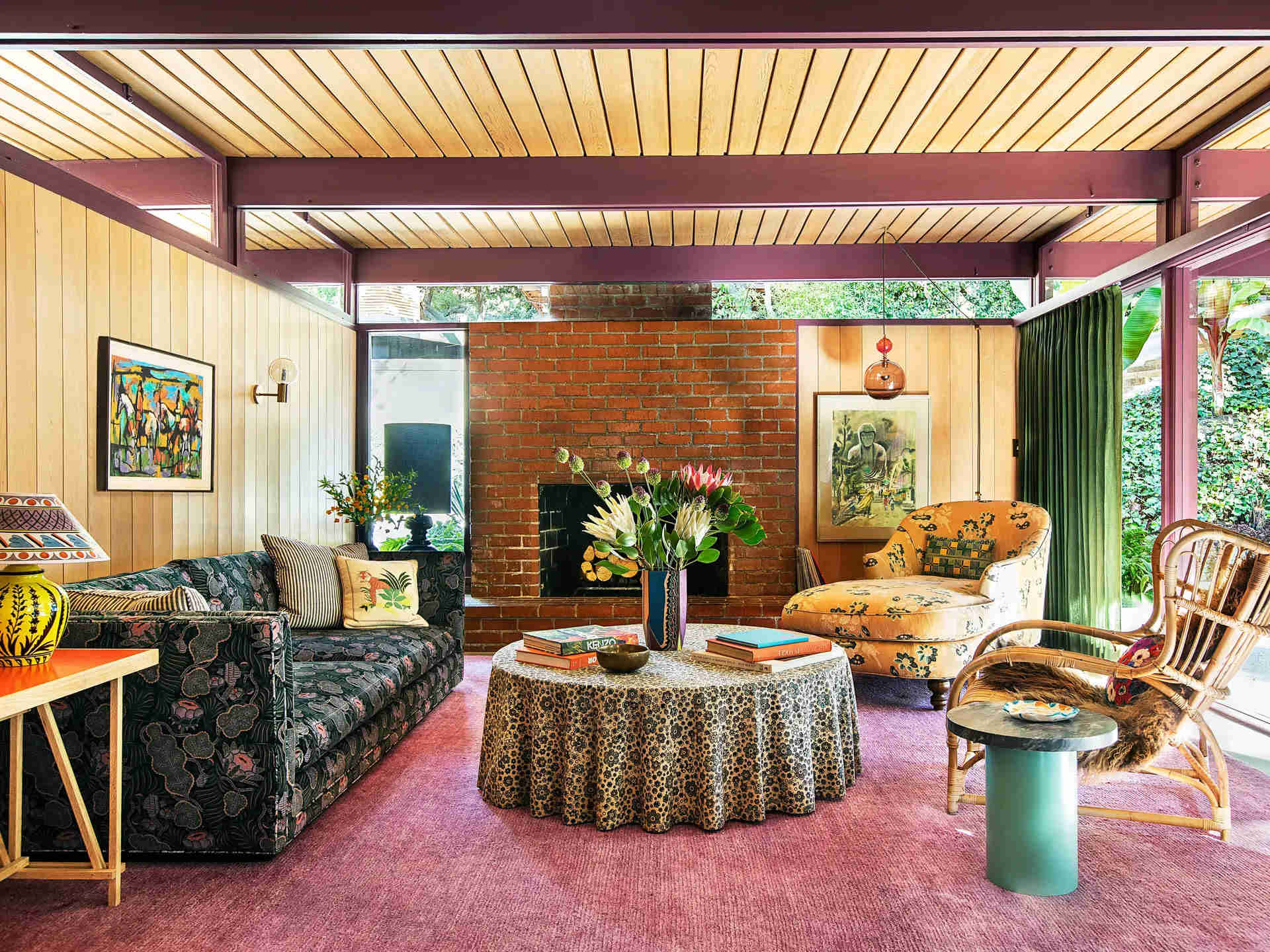
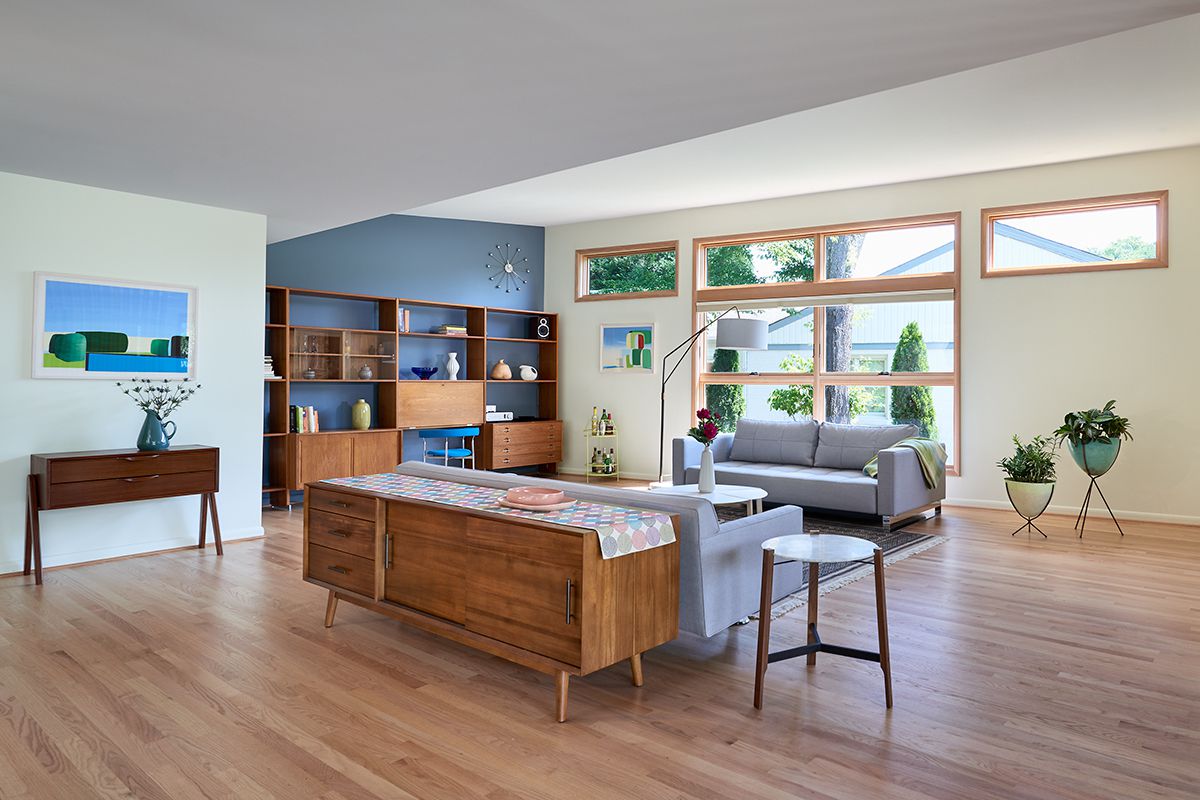
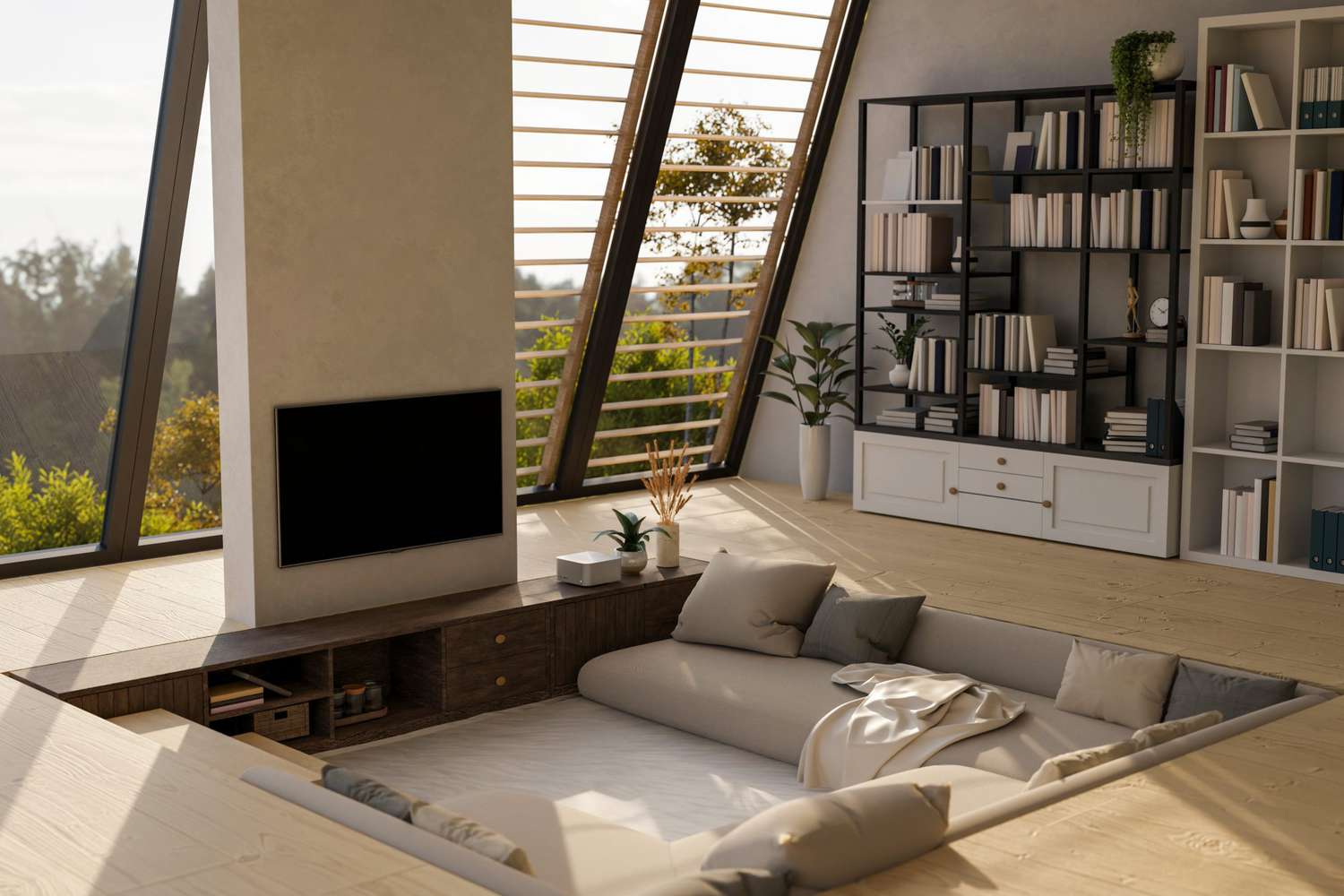
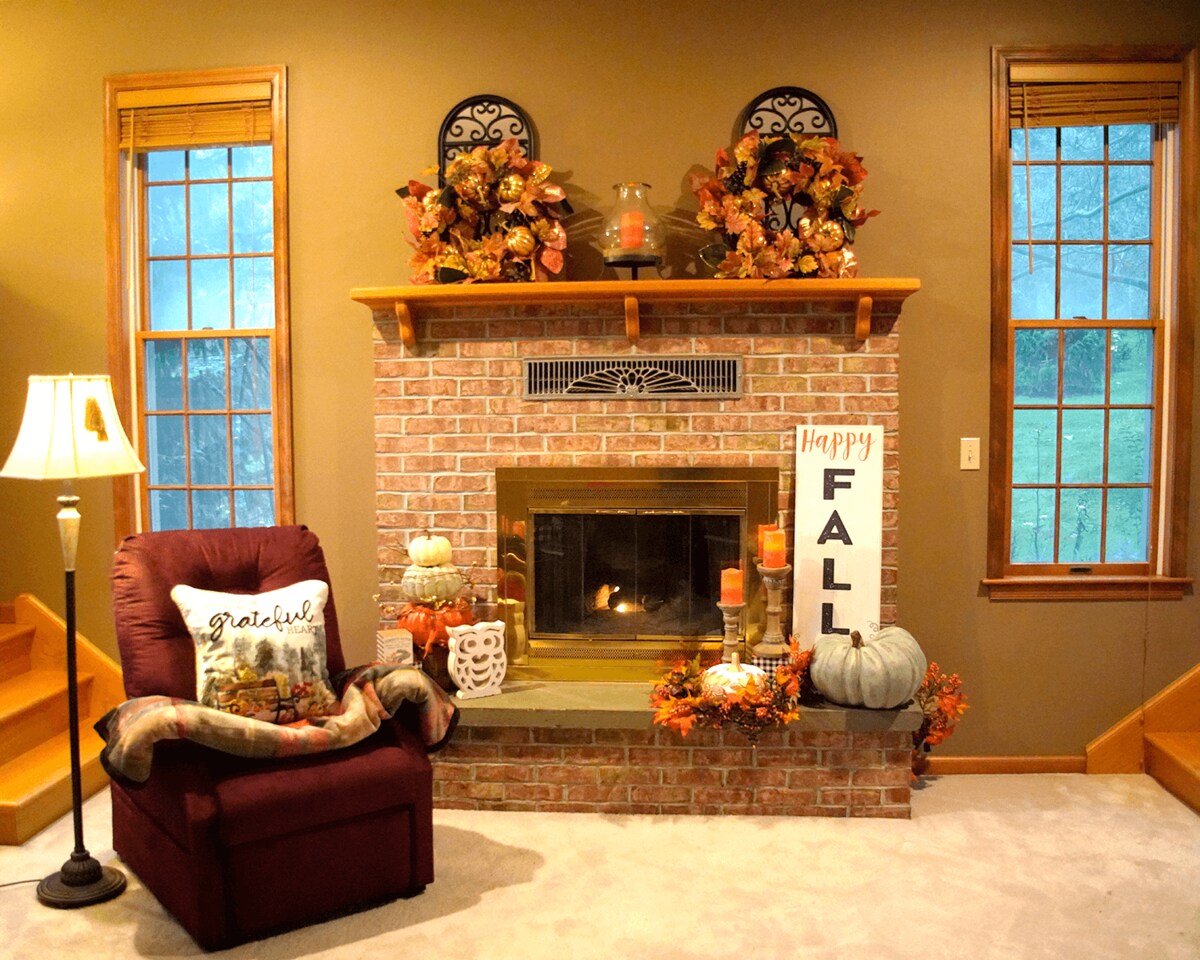
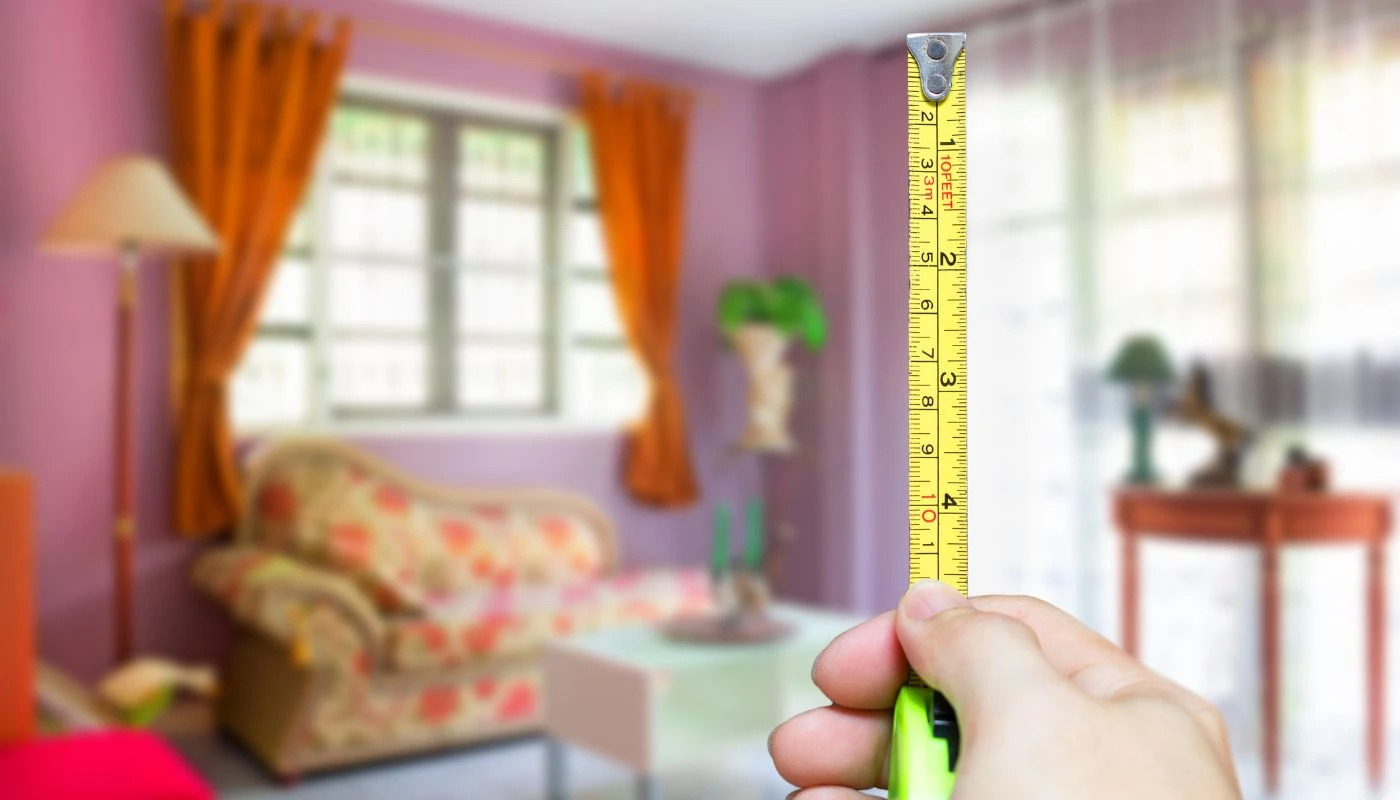
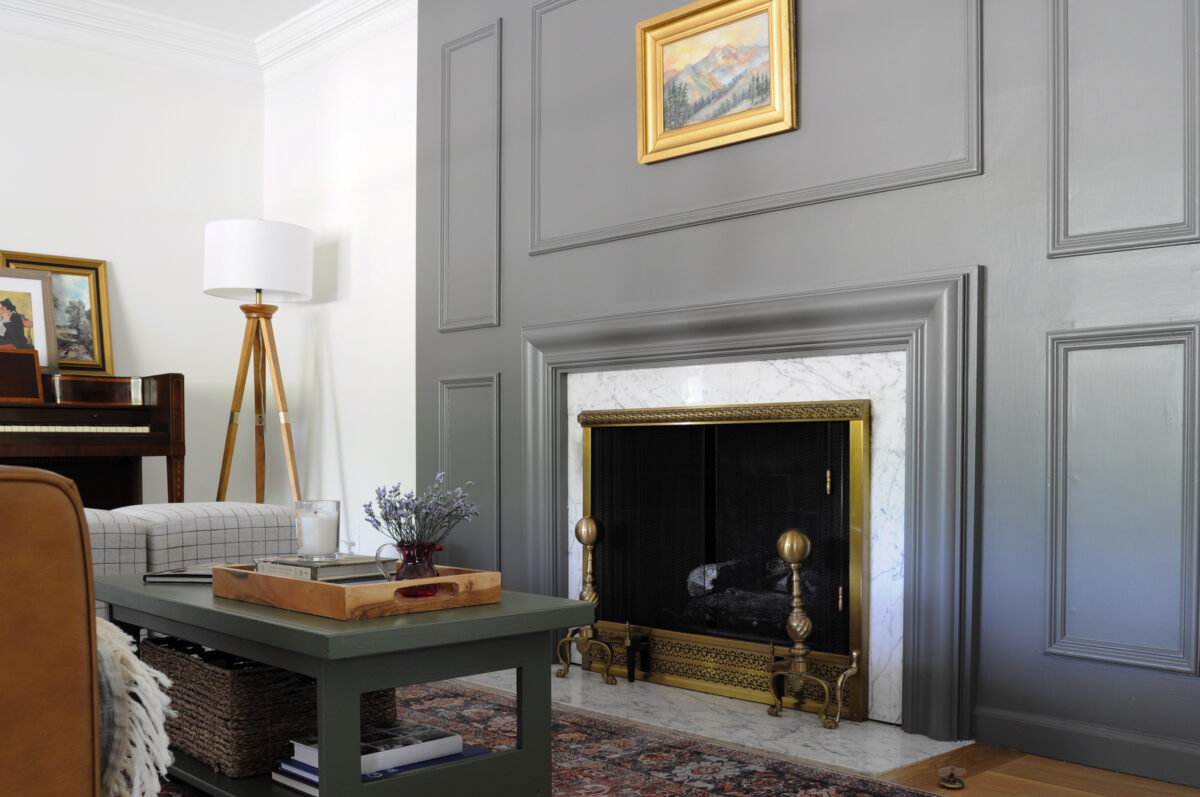
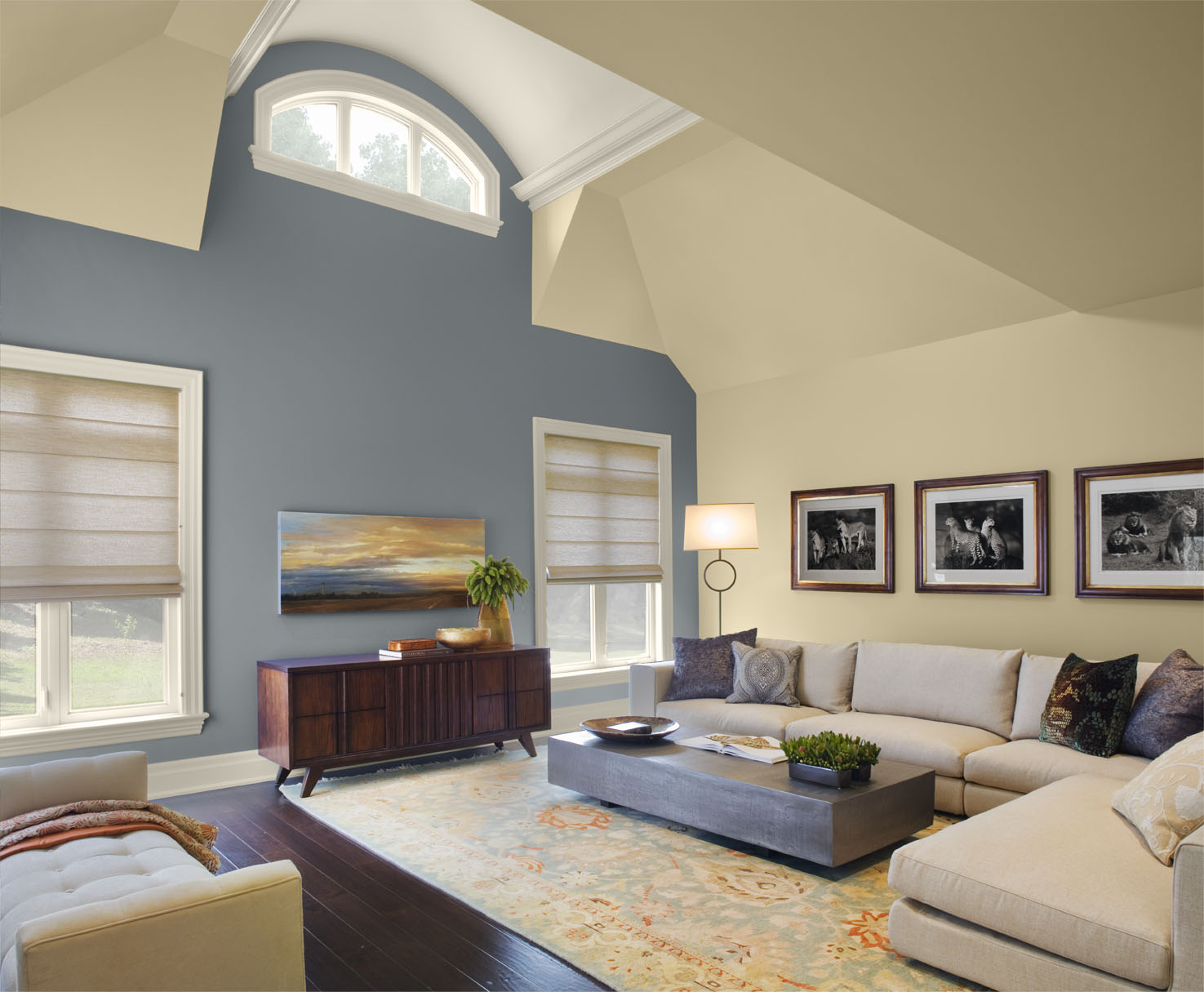
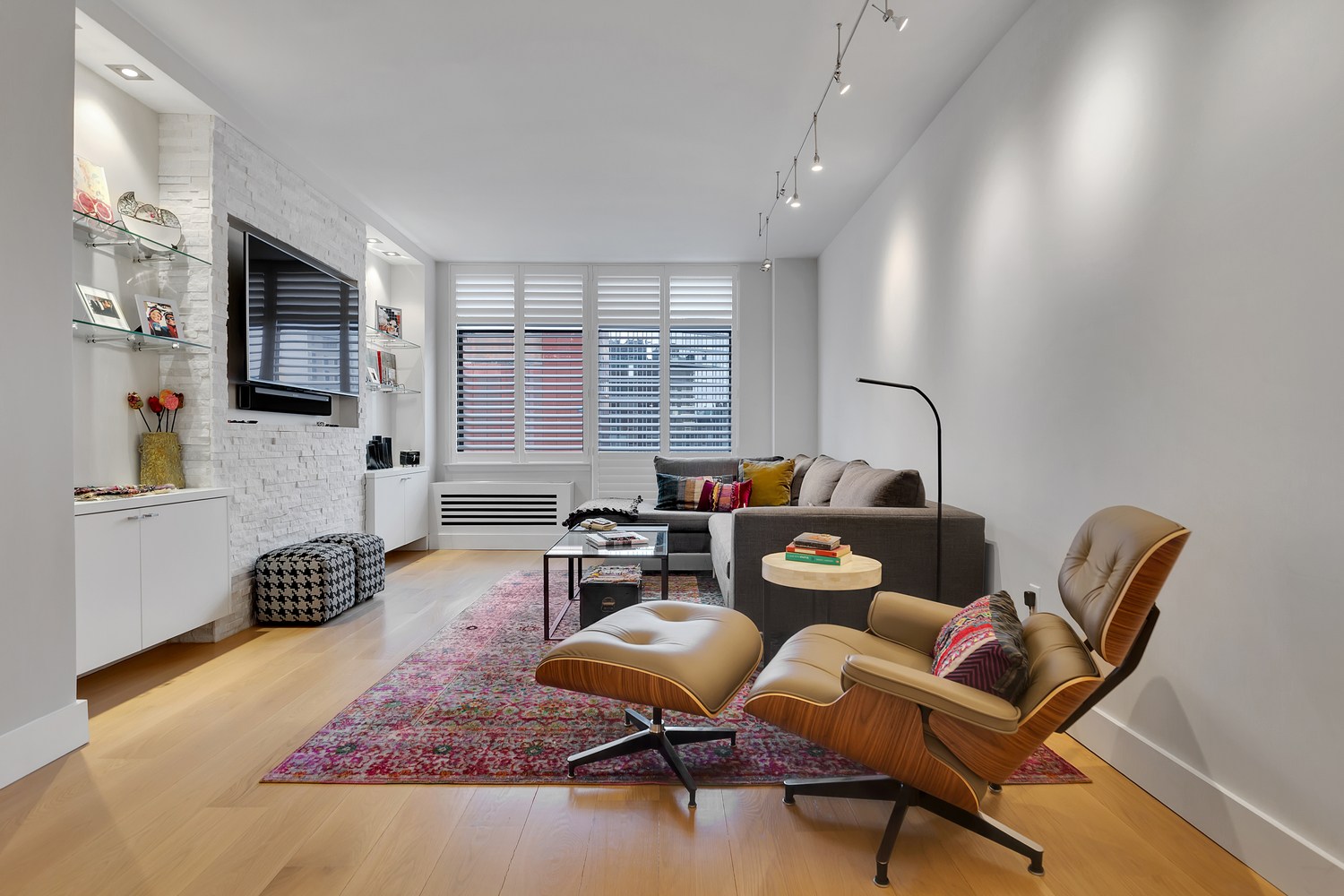
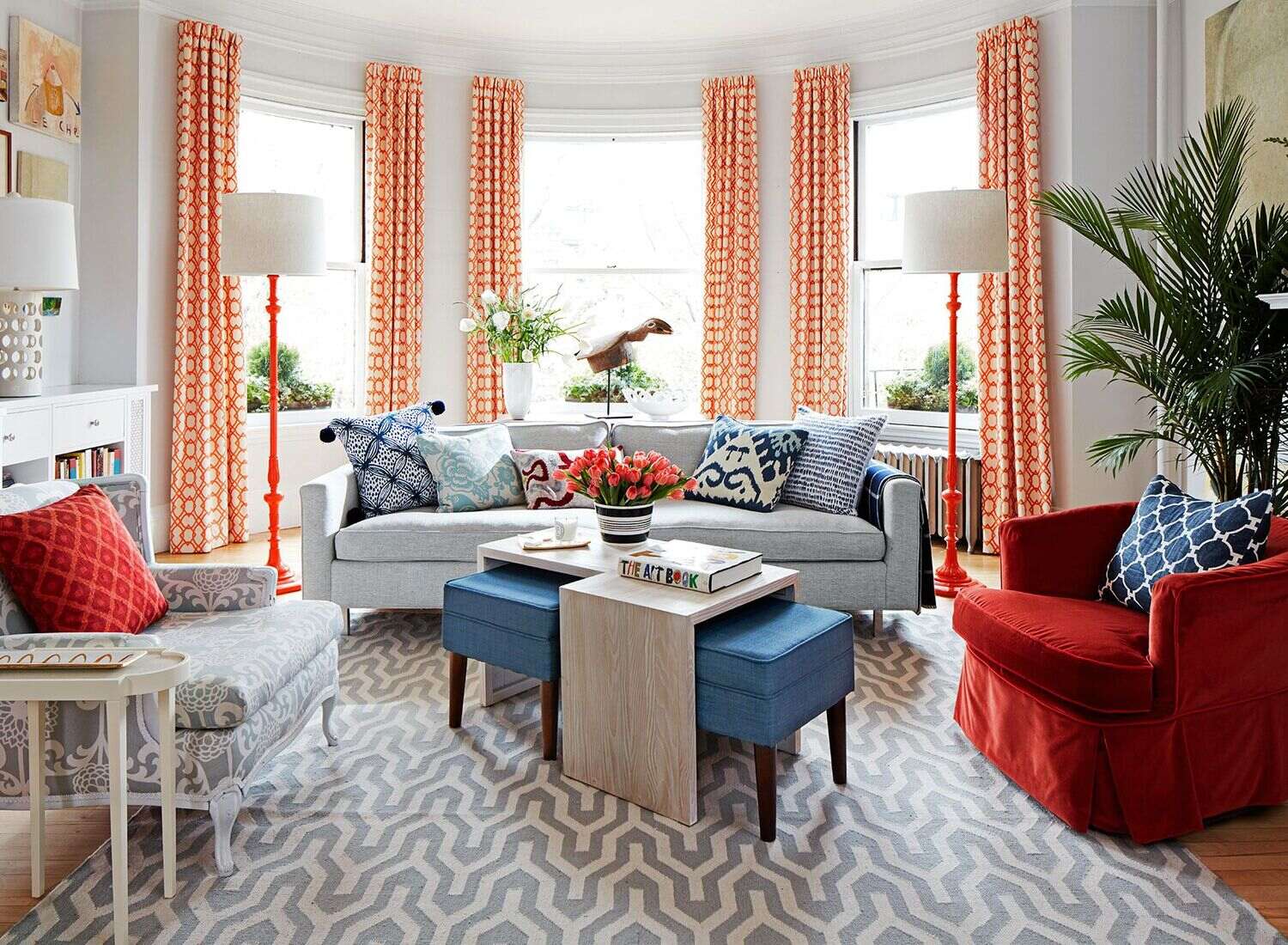
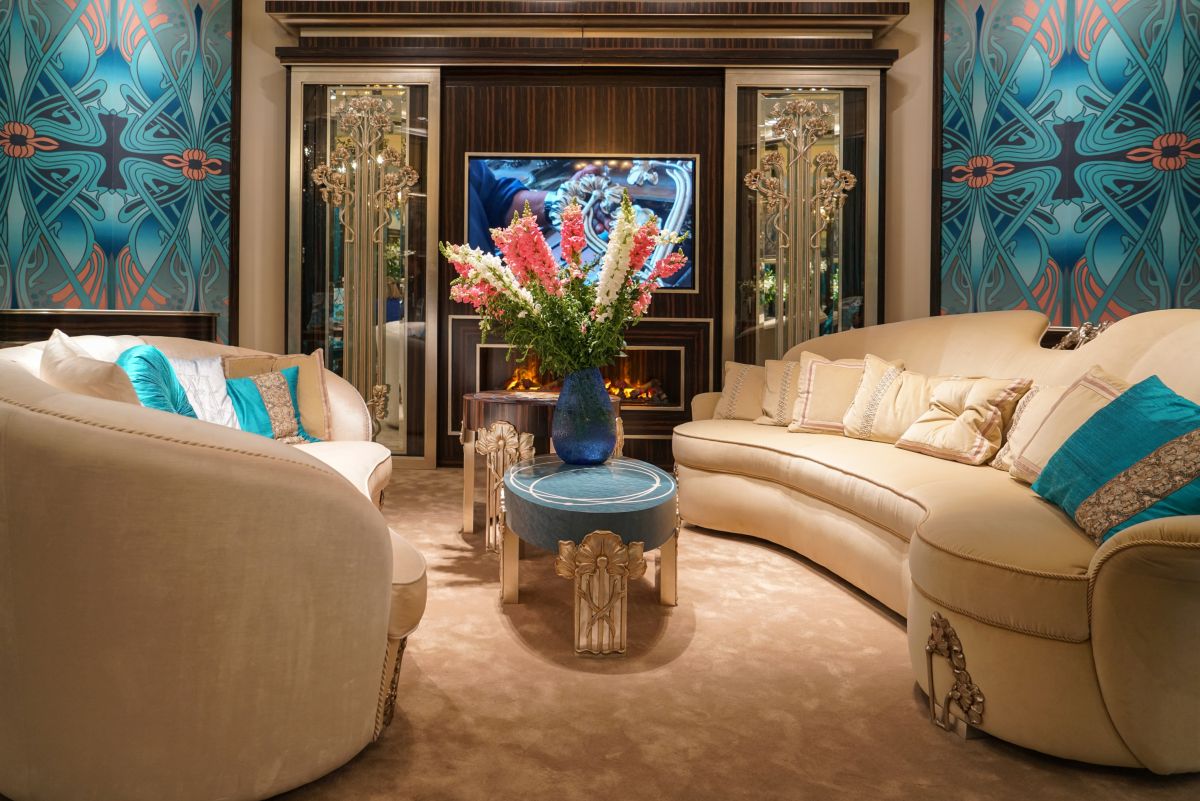
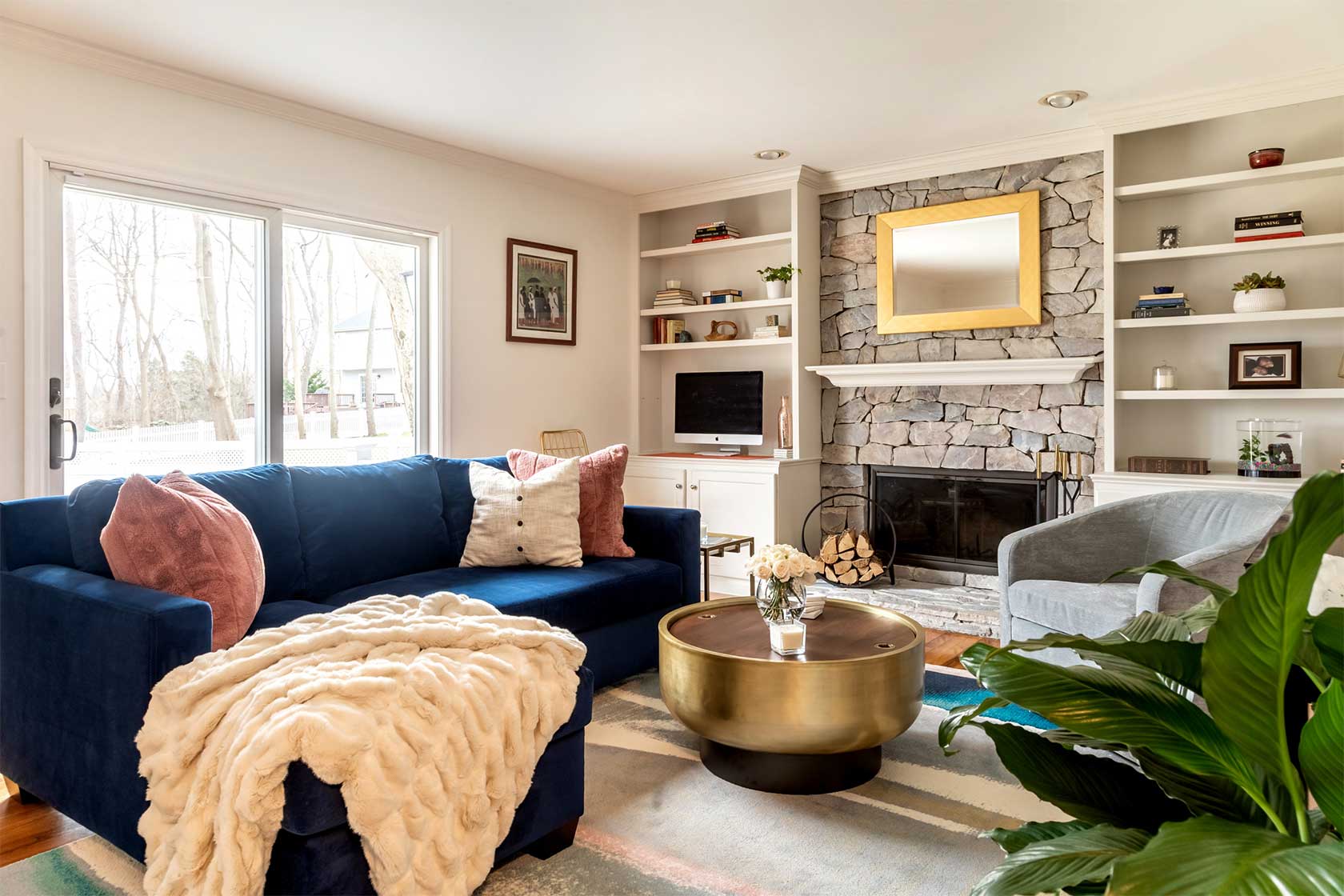

0 thoughts on “Living Room Curtain Ideas: 17 Tips For Stylish Drapery”